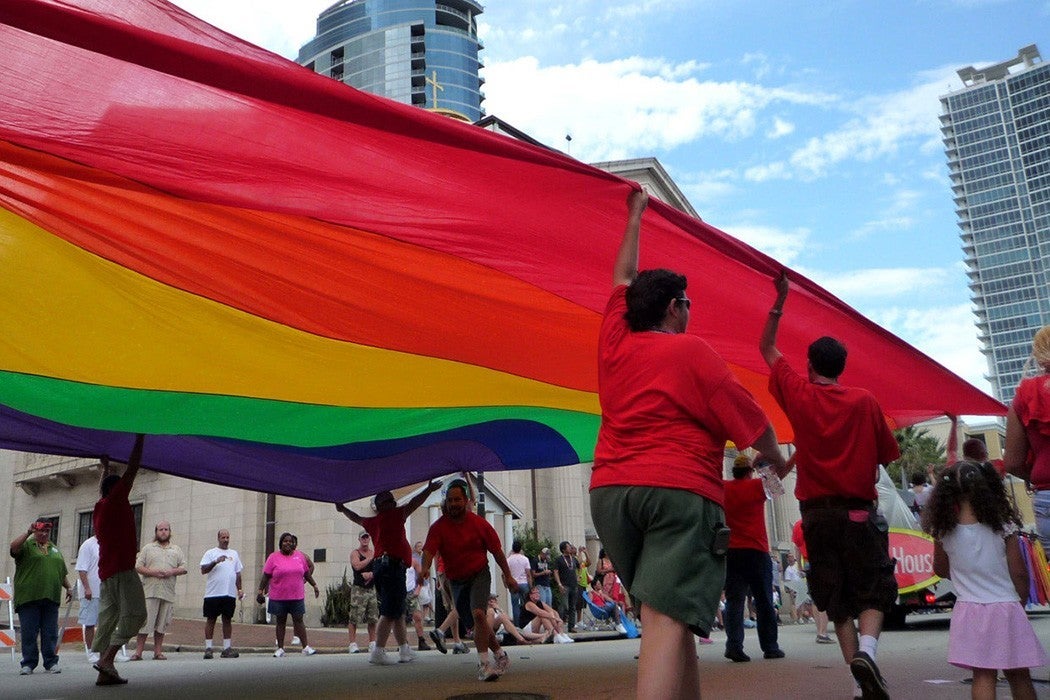Immediately after the horrific mass shooting at a gay nightclub in Orlando, politicians of all stripes expressed sorrow and sympathy. But many avoided any mention of the shooter’s specific targeting of the LGBT community, instead describing the massacre in broader terms, as an attack against Americans.
Convincing politicians and the justice system to recognize violence against sexual minorities has been a decades-long project of LGBT rights activists. In a paper published in 1995—three years before Matthew Shephard’s brutal murder drew the country’s attention to anti-gay hate crimes—Valerie Jenness looked at the groups that had already begun to mobilize around the issue.
Jenness begins her history by quoting an account of a 1988 court case involving a gay man who was beaten to death. The judge hearing the case “jokingly asked the prosecuting attorney ‘That’s a crime now, to beat up a homosexual?’ The prosecutor answered, ‘Yes sir. And it’s also a crime to kill them.’ The judge replied, ‘Times have really changed.’”
What had changed in the years between 1988 and 1995, Jenness suggests, was the creation of dozens of organizations around the country devoted to documenting and publicizing violence against gay men and lesbians.
Many of the organizations released reports to lawmakers, police departments, and the public, documenting violence against LGBT people. In addition to statistics, these reports sometimes included the results of surveys showing how widespread the violence was, as well as vivid descriptions of specific crimes. Some reports also discussed the mistreatment of victims at the hands of the police. In one account, police asked a man who had been assaulted and robbed outside a North Carolina gay bar whether he had propositioned the assailant. Police Internal Affairs determined the officer was within his rights to ask the question.
Beyond raising awareness, the groups organized street patrols, provided help to crime victims, and acted as liaisons to counselors, attorneys, and police working with LGBT communities.
Jenness writes that, just as feminists made it possible for the wider society to recognize and address rape and domestic violence, these activist groups did the same for violence against gays and lesbians.
By 1990, awareness of violence against the LGBT community was widespread enough that the Hate Crimes Statistics Act passed that year included language about sexual orientation. President George H.W. Bush signed the bill into law, although some conservative senators complained that gays and lesbians should be considered members of an “affinity group” rather than a minority group and thus didn’t deserve to be included.
The reactions to the Orlando shootings make it clear that there is still tension in the political world around recognizing violence specifically directed against LGBT people. But the fact that many politicians, including President Obama, immediately identified the attack as an assault on that community, is in part a tribute to the intense work that activists did around this issue back in the ‘80s.







